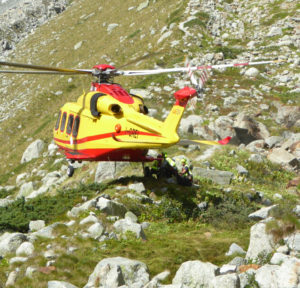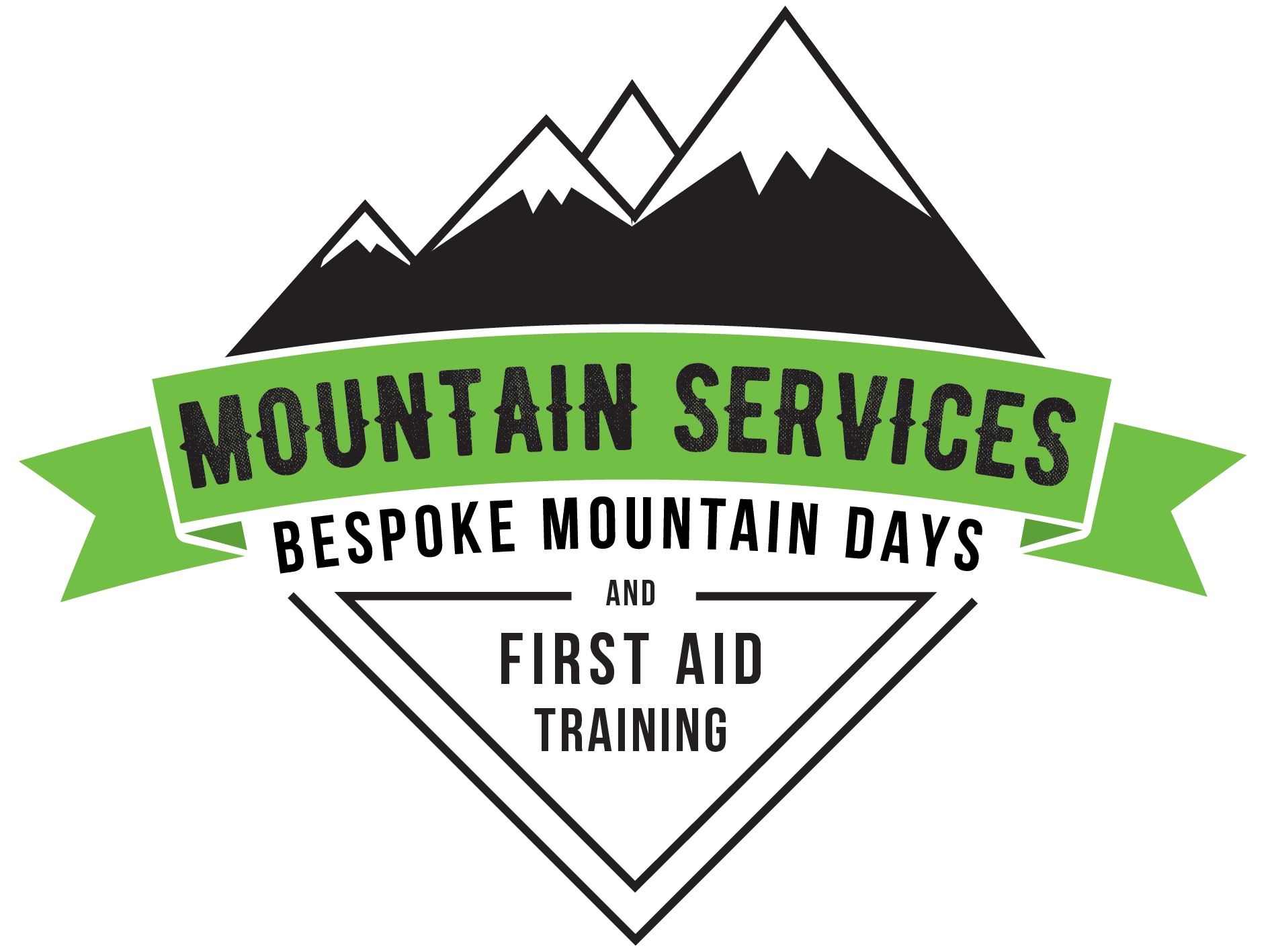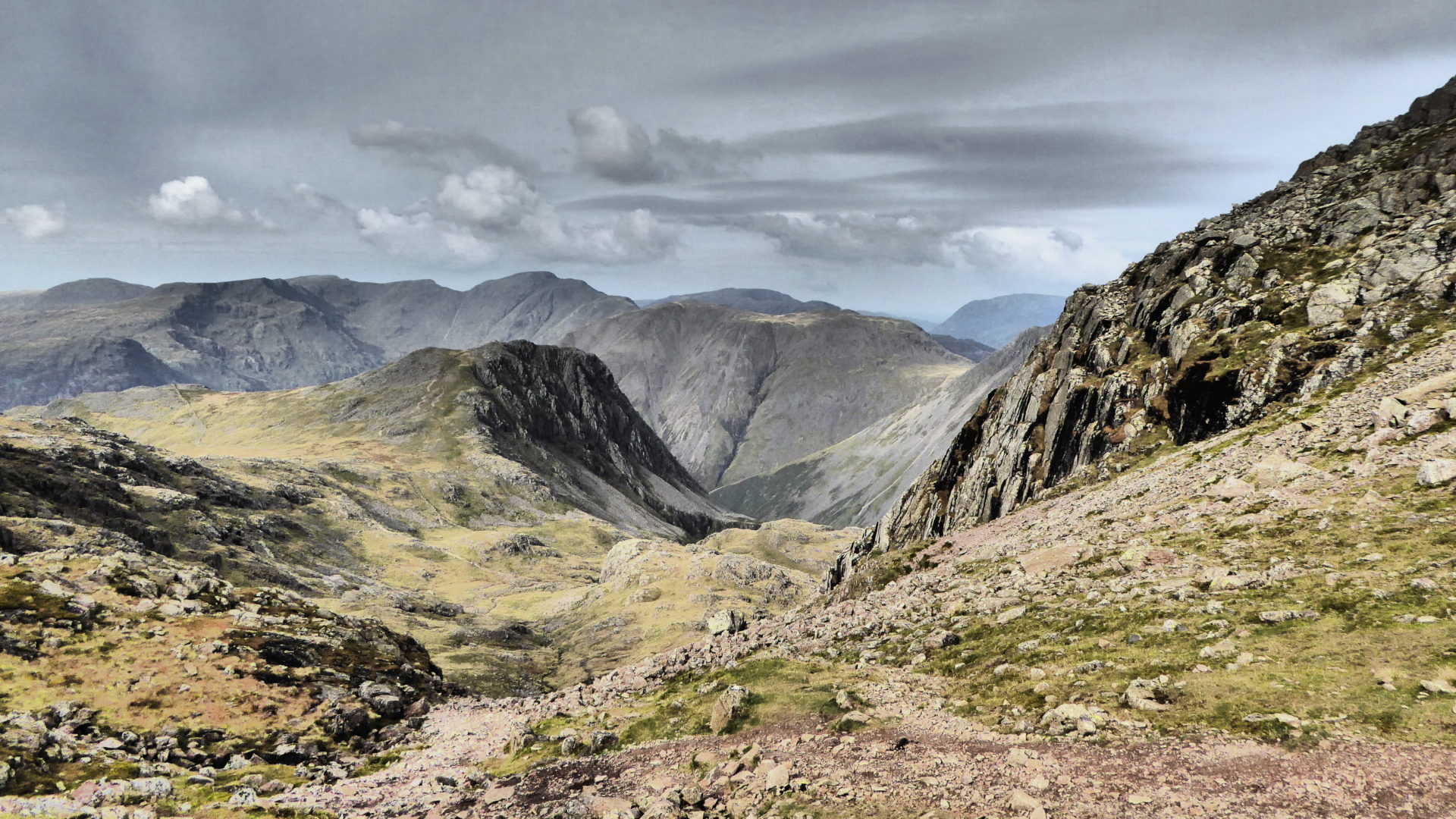Insurance - it can be a nightmare to choose. This post isn't intended to be advice - it's just my opinion based on 30 years of climbing, working and playing in the mountains. And there's a simple reason it's not advice - you need to understand what you need. But, let's see if I can help a bit.
We'll start by considering the why of insurance - and further down I'll discuss options.
So do you need insurance?
In the UK rescue from the mountains is carried out by volunteers -there's no charge, but a donation should be the least of your thanks. Our NHS still provides the best medical care in the world. So....
in the UK at least it would seem the basics are covered - and that's how many people think.
But, what if:
- You accidentally hurt someone else - you knock a stone down on them? You catch them with a pole? They may well want you to cover their expenses.
- You've booked on to a course or hired a guide for the day & the car breaks down? Most course providers won't reimburse you if you fail to attend, but many also don't cover cancellation due to weather etc - most will advise you to have insurance.
- You drop your camera off that cliff? This may well not be covered by your contents policy.
Or of course a host of other eventualities?
Then insurance might make sense.
& then of course there's overseas trips...
There are lots of things to consider here - and they'll all either narrow down your options or inform your choices.
- What activity are you doing? A mountaineering policy may not cover skiing. A skiing policy may not cover off-piste.
- What height are you going to? Most trekking and mountaineering policies are priced by height band or duration.
- How long are you away? Even annual policies will usually have a maximum number of days out of the UK clause (typically 90 days).
- Is your car insured - many low cost policies have severe restrictions on cars being out of the UK. Even 'good' policies will usually have a time limit (again 90 days).
- Rescue overseas is nearly always chargeable - and that charge can be eye watering. Typical helicopter charges are £75 per minute from take off in the Alps - figures for a complicated off piste rescue have been reported at £40k

So what are your options?
I'll start by saying there are obviously lots and lots of providers - but I'm only going to comment on the ones I have direct experience of. And, for clarity purposes, all of my insurance is now wrapped up in an annual commercial policy.
- The BMC - if you are a member (either club or individual) then you'll benefit from the BMC's public liability insurance, which is a whopping £15m. You'll also get some personal injuries cover - but realistically that's negligible, most credit cards would have similar. But the liability cover is a real winner - as well as the host of other member benefits it takes care of most peoples UK needs. If you combine it with checking out (& possibly upgrading) your contents policy it's what I did for all the years I was a recreational climber & mountaineer in the UK. But there's no overseas cover built in. Details Here. Also worth noting is that for club members advice given to less experienced members is included - a very nice touch to encourage people to get involved.
- The BMC.... yep that's right the BMC again. Because if you are going overseas then these guys are expert at getting you the policy you need. They're certainly not usually the cheapest (again, just my personal experience) but they are very experienced - you may well even speak to someone who knows the trek or climb your on. They do a mix of 'defined number of days' or annual policy. I found if you were away more than six weeks of the year and were doing anything technical then annual worked out best - I also liked the option that it meant I just grab some kit and go when the opportunity presented itself. Details Here.
- The Austrian Alpine Club (AAC) - If you're not part of the mountaineering world this might seem an odd choice - but it's impossible to go onto a forum and not have someone mention them. They have a couple of big selling points (a) this is almost certainly the cheapest way to insure yourself & (b) they've a proven track record. I know people who've gotten out of some pretty hairy situations with AAC insurance. But, and there's always a but, it's worth noting a few things. This is not a travel insurance. It's Rescue and Repatriation Insurance. So what's that mean? Obviously in an emergency you ring for a rescue - AAC will cover that cost. Other costs need to be agreed upfront (where possible) and some pretty strict limits apply. Medical fees are covered up to Euro10,000 - and this only covers medically necessary travel back to your country of residence. Sadly if its a bad accident 10k doesn't go far, but it will probably go far enough to get you safe. But there is no contents, loss or injury cover. Details Here.
- Snowcard. A big player in snowsports - but just as happy to insure climbing, mountaineering and trekking trips. I found they were usually a bit cheaper, and if you weren't doing anything truly serious then the cover was excellent. A particular like was the ability to specifically cover items of kit - as most policies have a single item limit. But if you've some Gucci ski's or a really pro camera - its unlikely to be covered. I've also had to argue with an insurer before now that a Rucksack full of kit (stolen from a train on the way back from the Matterhorn) isn't a single item. Snowcard let you specify. But if you are doing something more esoteric - say unguided above 6000m or seacliff soloing - I found it hard to be certain I was covered. Details Here.
- Sportscover Direct. I used these guys when a big trip came up last minute - and I was really impressed. At the time of writing this (Jan 2018) they have some of the best single item coverage - but if you ski off the beaten track it's well worth reading the small print (that said extreme off piste alone is widely considered to be a risk too far). Their standard mountaineering limits are low (<4000m), but they are exceptionally flexible. We found adding on 4814m as a group was very low cost, and at lower levels they were very happy with a mix of sports (mtb, climbing, kayaking). I doubt it`s the most knowledgeable helpline you'll call - but their IT must be great - the person we spoke to was able to click away and arrange all of our alterations over the phone. Details Here.
- Your own bank.... I know this sounds odd - and it does take a bit more work than the others, but we found it great. My partner still uses this option and its very low cost. If you already pay for premium bank services then you may well have a standard annual travel policy included. We spoke to the insurer direct and arranged an upgrade to include trekking to 4500m, roped climbing (their description not ours) and via ferrata. The addition was circa £100 for the year. Obviously you'll need to speak to individual providers - but it might work out well.
So there's no fixed answer, it's an individual choice. But there are some simple measures:
- Join the BMC. If you're active in the UK then this isn't just good background insurance - you're also helping support the mountaineering heritage, protection and development of the UK. If you're savvy you'll probably save the cost of membership with the discounts you get from retailers.
- Read the small print - no two of these providers offer the same. Mountaineering for one company can mean under 4000m - not much use if you're heading up Mont Blanc when it goes wrong.
- Check whats covered - discovering your favourite shades weren't can leave a sour taste.
- Question the amounts covered. Of those listed here single item cover ranged from £50 to £1000, unless previously specified.
- Check the age - the BMC will insure up to 80 years of age as standard. Snowcard is 65.
Below is a link to a cost comparison I did - obviously there are multiples of multiples of variants - but I tried my best to make the options comparative across the companies listed.
2018 Annual Insurance Comparison Chart
Hope this helps, K


